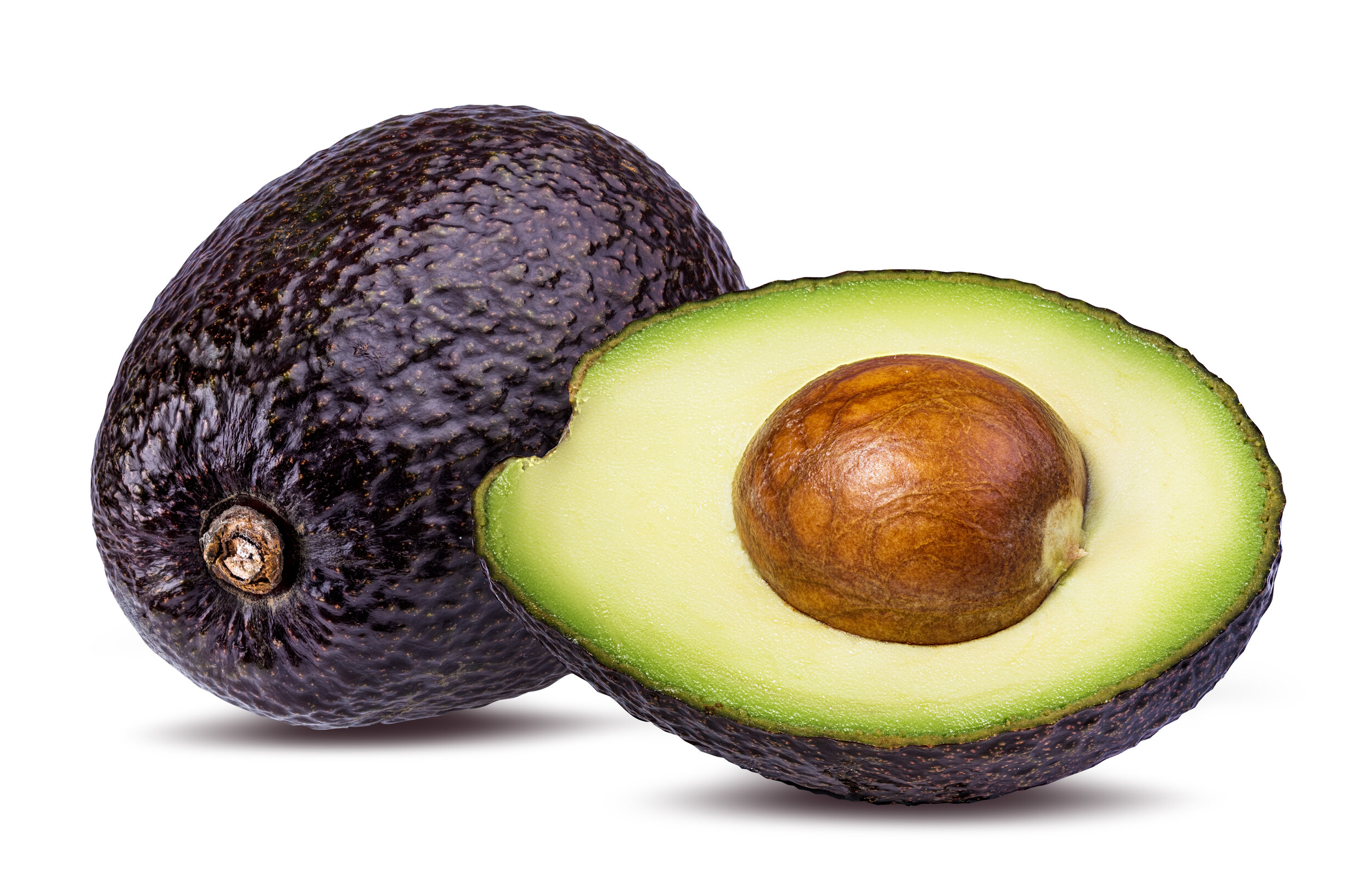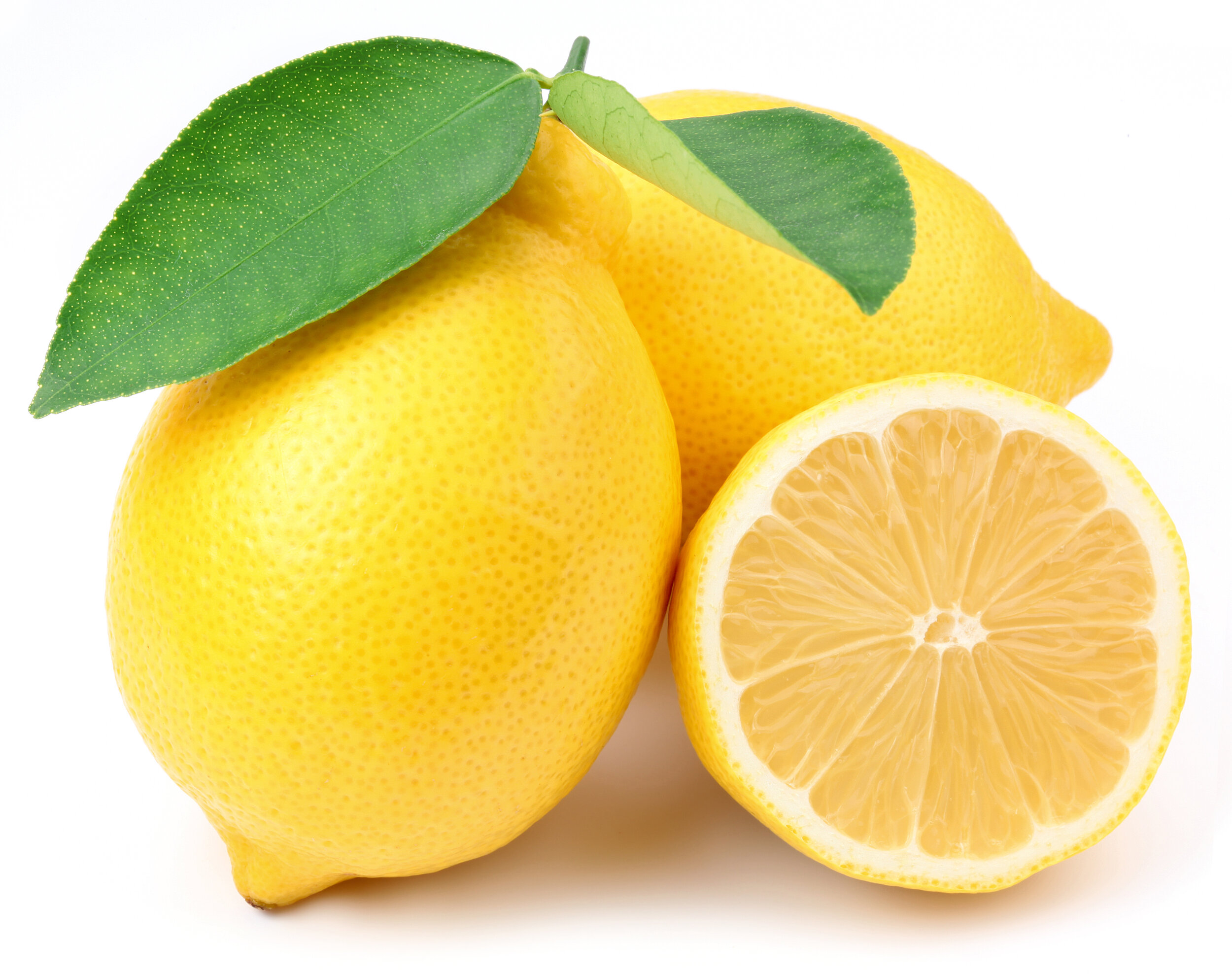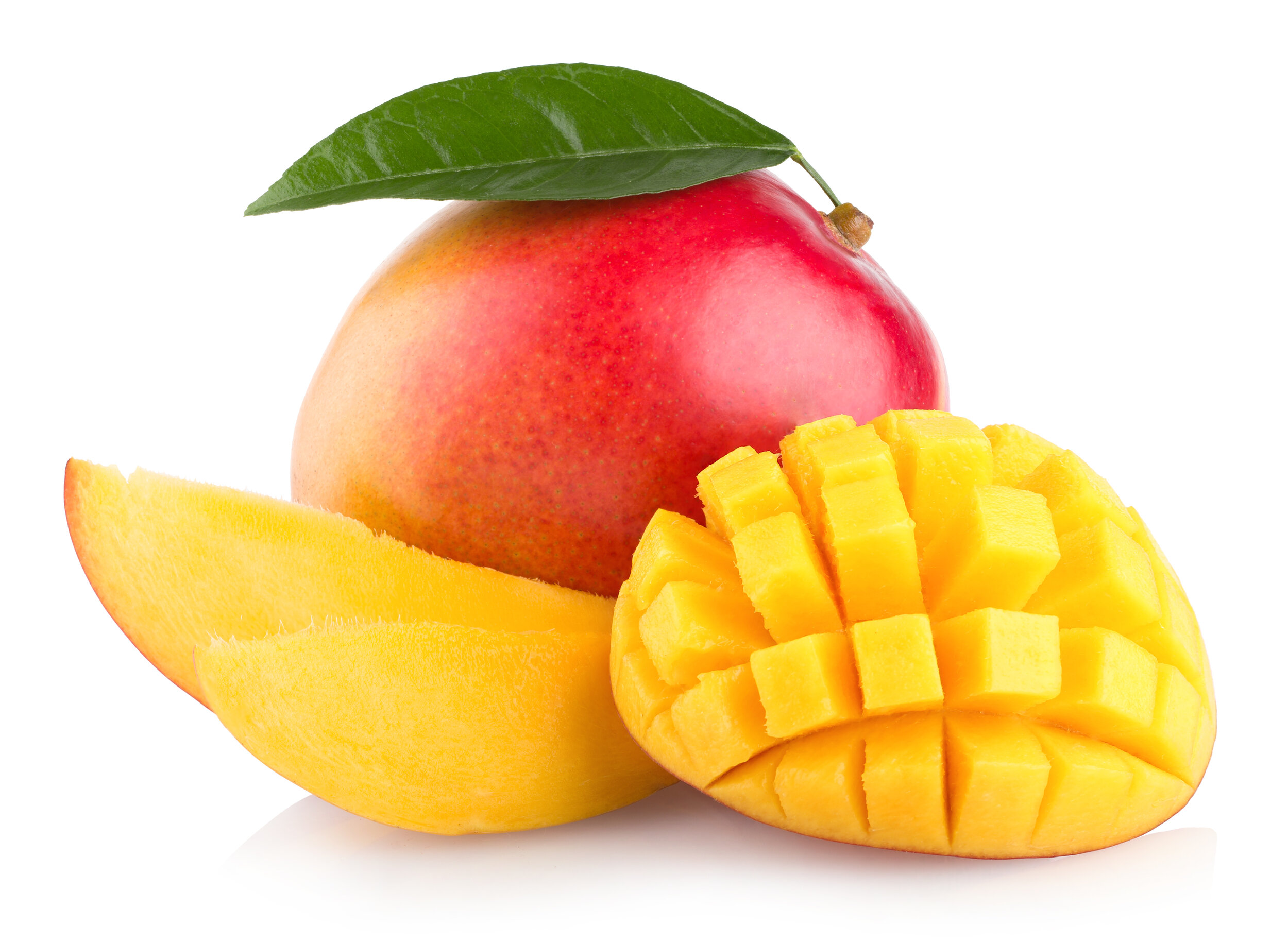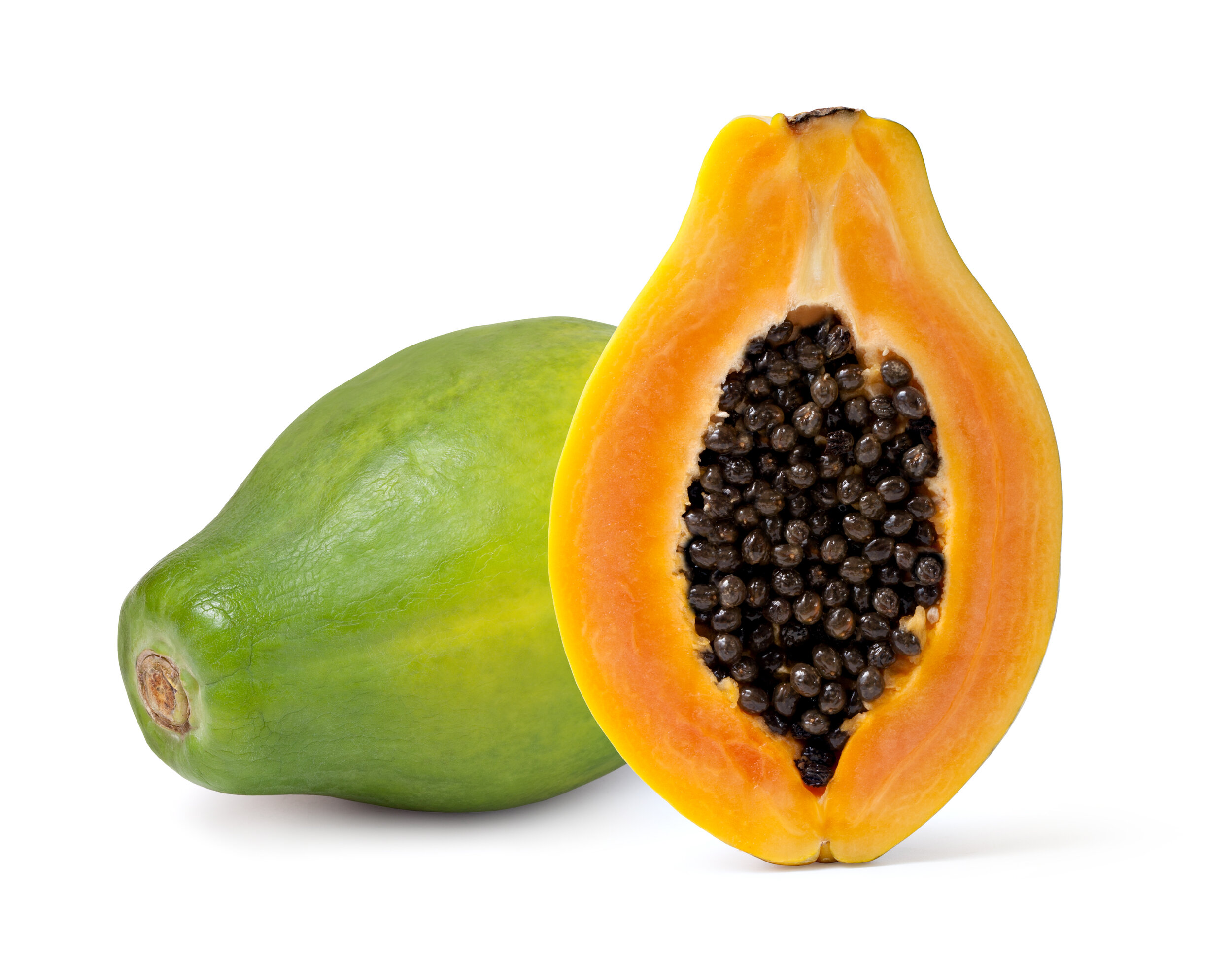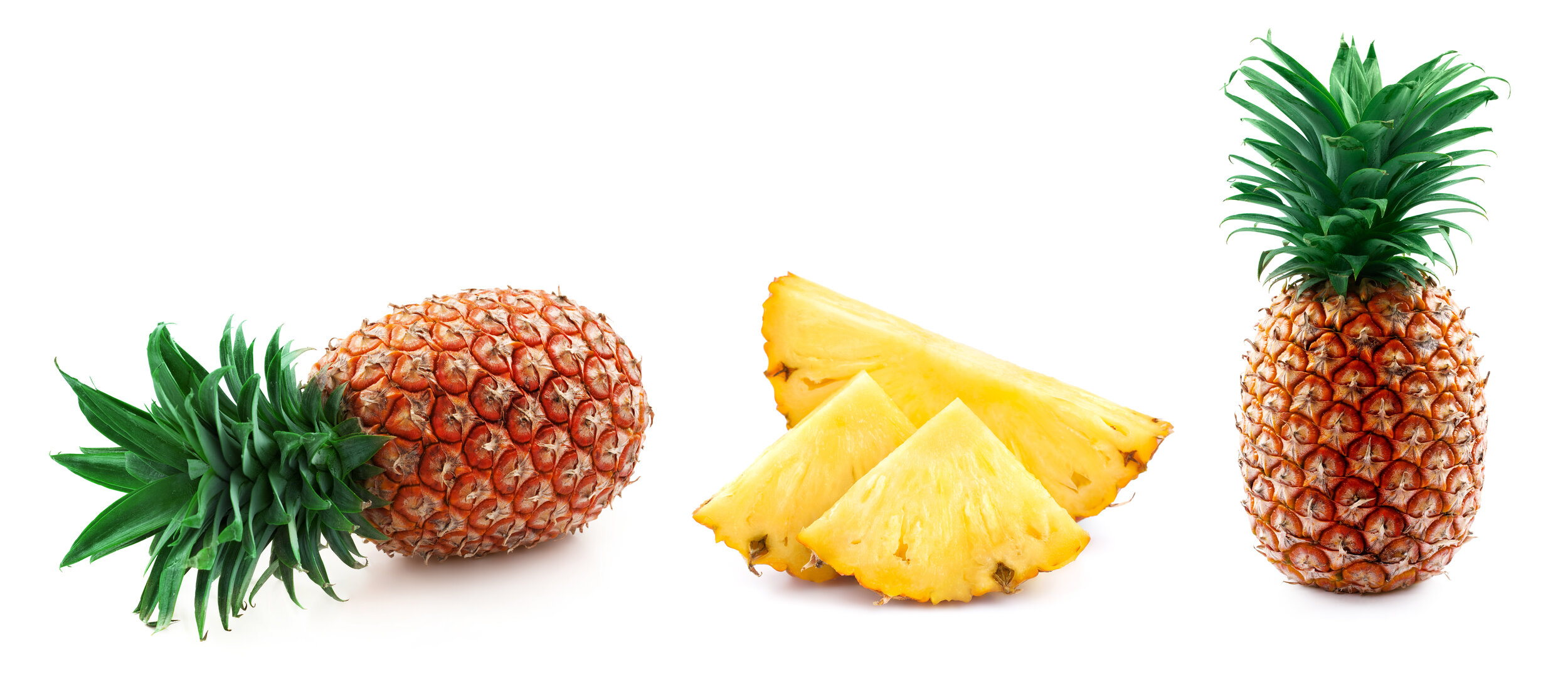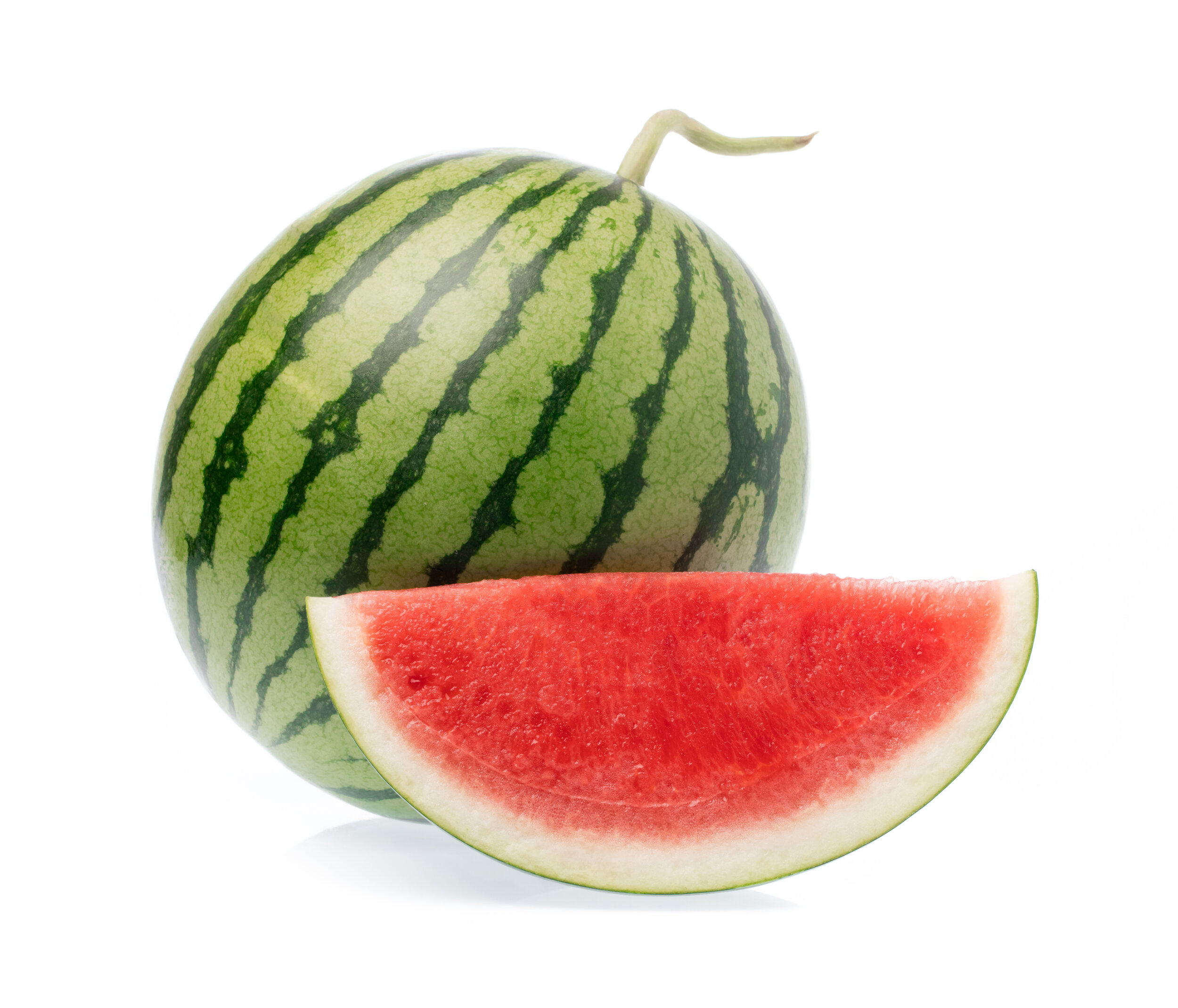Fruits
Avocados
(Persea Americana)
Hass avocados have a pebbly skin that ripens from green to deep purple or nearly black, and they can vary in size from 5 to 12 ounces. The flesh is soft, creamy, and barely fibrous, with good oil content. The flavor is rich and nutty with a slightly sweet finish.
Hass avocados are available year-round.
Avocados contain nearly 20 vitamins and minerals, including vitamin C, vitamin E, potassium, and folic acid.
Blackberries
(Rubus fruticosus)
Blackberries grow on thorny bushes in Asia, North and South America and across Europe, and they're ripe for the picking in late summer through the fall.
Blackberries have a sweet and tart flavor, making them a perfect addition to salads or smoothies. They can also be used as a yogurt topping, mixed into sauces that complement meat recipes or enjoyed by themselves as a light snack or dessert best consumed in moderation.
Blueberries
(Vaccinium corymbosum)
Blueberries are perennial flowering plants with tasty blue– or purple–colored berries.
They’re low in calories and incredibly healthy, potentially regulating blood sugar levels and aiding heart and brain health.
Often marketed as a superfood, blueberries are an excellent antioxidant.
Dragon Fruit
(Nephelium lappaceum)
The rambutan, a fruit that looks like something out of a fairy tale. Hairy exterior that conceals a smooth, sweet white fruit within. The rambutan fruit is rich in many vitamins, minerals and beneficial plant compounds.
They’re a common snack throughout Asia, and increasingly in Australia and in tropical countries in Central America. They’re also available in specialty produce stores around the U.S.
Lemons
(Citrus limon)
A yellow, oval citrus fruit with thick skin and fragrant, acidic juice.
The fruit is ovate with pointed ends. Its peel is semi-thick, porous and laden with essential oils. When the peel is removed or zested it releases intense sweet citrus aromas. The flesh is translucent yellow and juicy when ripe. Its juice is highly acidic and tart, though extremely versatile in its uses.
Limes
(Citrus aurantiifolia)
A lime is a citrus fruit, which is globular to oblong shape, green in color and contains acidic juice vesicles.
The peel is thin, smooth and slightly bumpy with many small oil glands visible across the surface, and glossy green transitioning into a yellow hue with maturity. Underneath the peel, the flesh is soft, juicy, pale green.
Mango
(Mangifera indica)
A mango is a popular tropical fruit, known as the “Fruit of the Gods” or the “King of the fruits”. It can be green, yellow, orange, red, or a combination of these colors, and has yellow or orange flesh surrounding a flat, hard pit. from the pit before use. A mango can be eaten raw unripe or ripe, or cooked into desserts.
Papaya
(Carica papaya)
Called,” the fruit of the angels” by Columbus. Papaya is a pear-shape or round succulent delicious fruit with a yellow-orange and sometime almost red color flesh. Although the fruit can weigh up to 20 pounds, the average papaya in the market is about 6 inches and weighs no more than 2 pounds.
Native to Mexico and South America. It is also grown in tropical locations around the world and is a common crop in Hawaii. Papaya is also known as pawpaw, and tree melon.
Pineapples
(Ananas comosus)
The pineapple is a tropical fruit indigenous to South America where it has been cultivated for many centuries.
The fruit is eaten fresh where available and in canned form worldwide. In the United States and in Europe it is sometimes used as a pastry filling or in baked desserts.
Rambutan
(Nephelium lappaceum)
The rambutan, a fruit that looks like something out of a fairy tale. Hairy exterior that conceals a smooth, sweet white fruit within. The rambutan fruit is rich in many vitamins, minerals and beneficial plant compounds.
They’re a common snack throughout Asia, and increasingly in Australia and in tropical countries in Central America. They’re also available in specialty produce stores around the U.S.
Watermelon
(Citrullus lanatus)
Large fruit of a plant of the gourd family, with smooth green skin, red pulp, and watery sweet juice.
Could be seedless or with seeds. Their thick, hard rinds range from pale to dark green and may be solid in color or striped. Large and round or oblong, the juicy flesh also varies from pink to deep red, affecting a Watermelon's sweetness. Often the deeper colored the flesh, the sweeter the taste. Watermelon's flesh contains about 6% sugar and it is comprised primarily of water.


